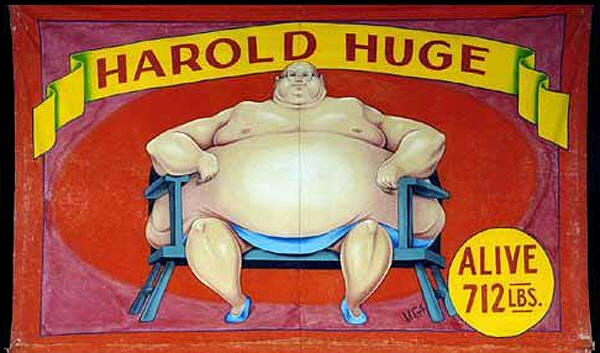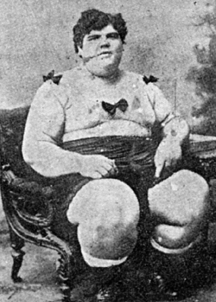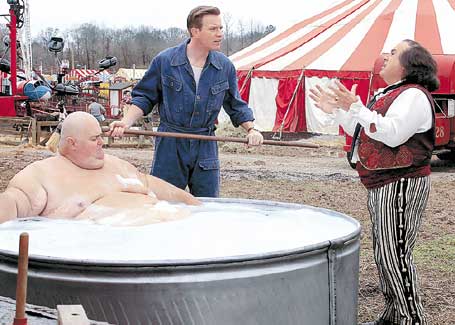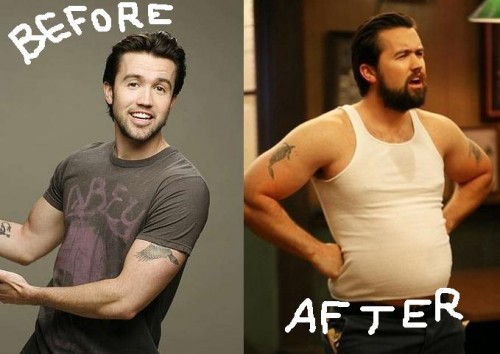
TLC’s new reality program, Big Sexy, features five self-identified plus-size women who work in the fashion industry as models, stylists, and makeup artists. Their mission is to challenge contemporary bodily aesthetics that privilege the thin body and demonstrate that fat can be sexy.
In an interview for the Huffington Post, one of the featured women, Heather, explains, “You can be whatever size you want to be and work in the fashion industry.” However, as we see in this clip of Tiffany’s meeting with her modeling agent, that is not entirely the case. In the exchange, the agent informs Tiffany that a client wants her to lose weight and that “it’s a waste of time and money if the numbers are not right.” At her present size, Tiffany was dangerously close to exceeding the boundaries of plus-size required of models.
In modeling, an inch here or there does matter. In my research of plus-size modeling, I have witnessed other plus-size models, like Tiffany, face pressures from their agents to alter their bodies. These women, in order to work in fashion, must utilize their bodies as capital and embark on a variety of body projects. If their measurements are not in perfect proportion, some stick padding onto their hips, “chicken cutlets” onto their breasts, and squeeze themselves into a pair of Spanx. If a model loses weight, clients tell her to do whatever it takes to gain the weight back, even if that means binging on fat-laden foods that can wreak havoc on any individual’s body. Failure to do so would mean the end of her career.
Beauty is a social construction, but these women are not the ones in charge of its construction. Plus-size models must conform to an image created by fashion’s tastemakers, i.e., agents and designers. Ultimately, they must mold their bodies to fit an image, instead of being empowered in a way that allows them mold the image to fit their bodies. In this sense, they face the same pressures as thin models to be within a fraction of an inch of a shape predetermined by others to be acceptable.
Amanda M. Czerniawski is an Assistant Professor of Sociology at Temple University. She specializes in bodies and culture, gender and sexuality, and medical sociology. Her past research projects involved the development of height and weight tables and the role of plus-size models in constructions of beauty. Her current research focuses on the contested role of the body in contemporary feminist discourse.
If you would like to write a post for Sociological Images, please see our Guidelines for Guest Bloggers.








